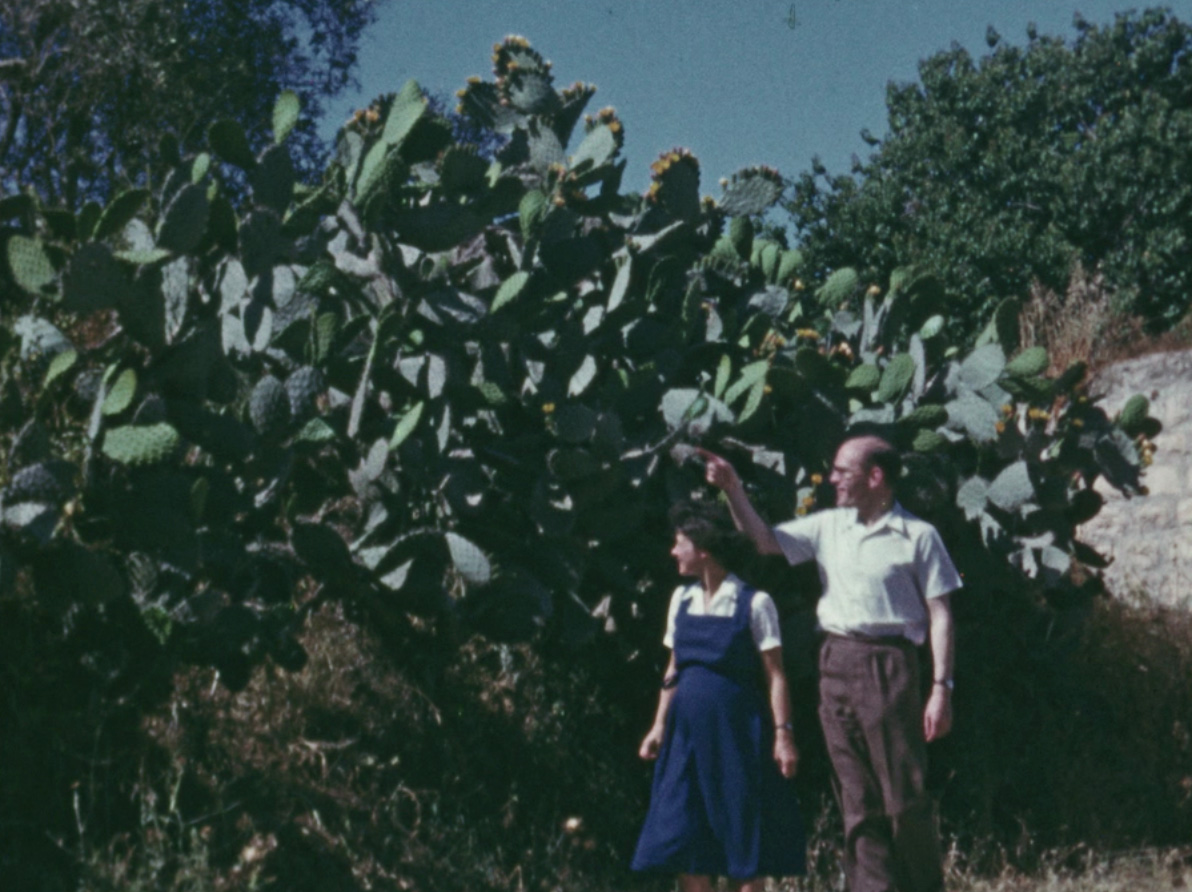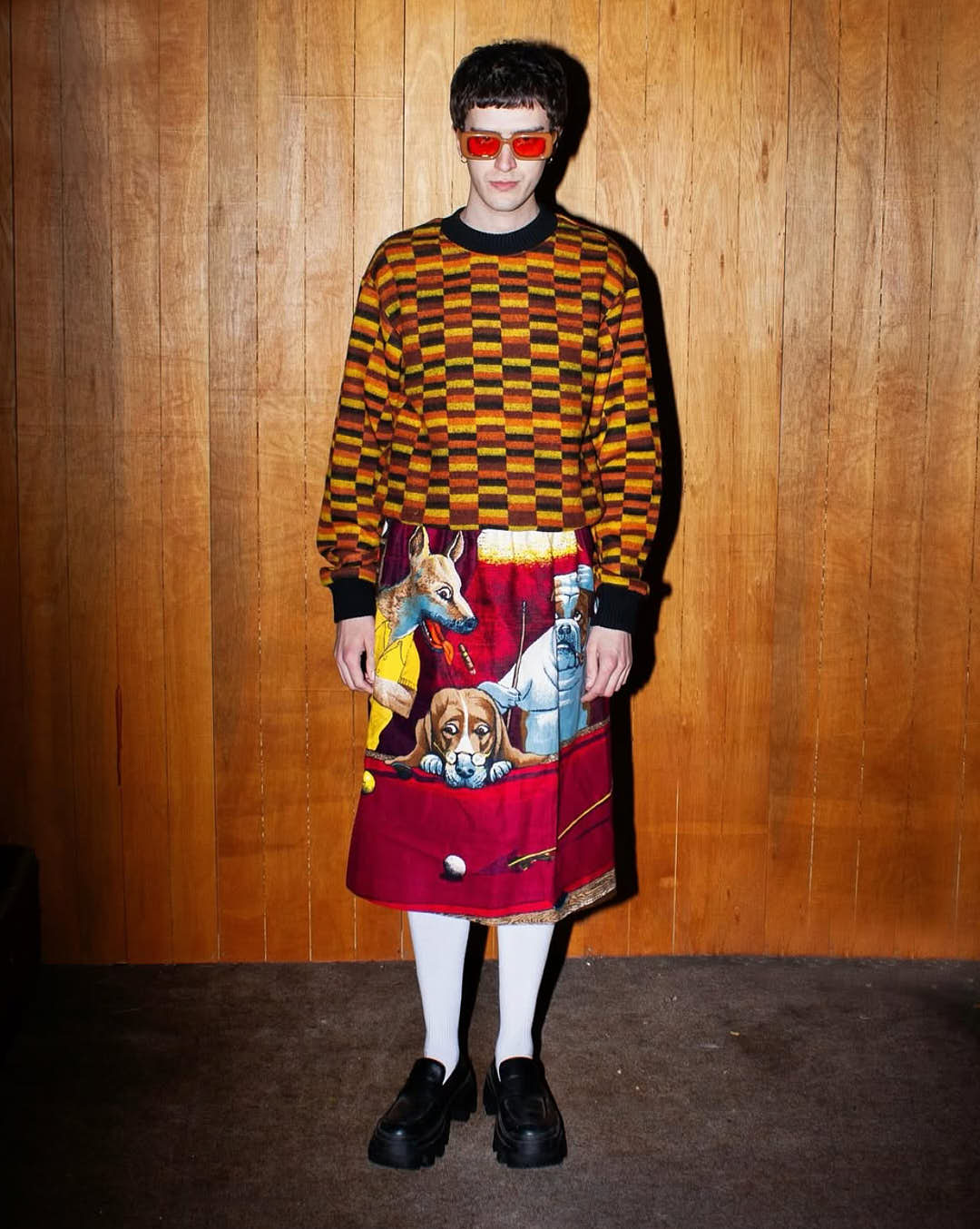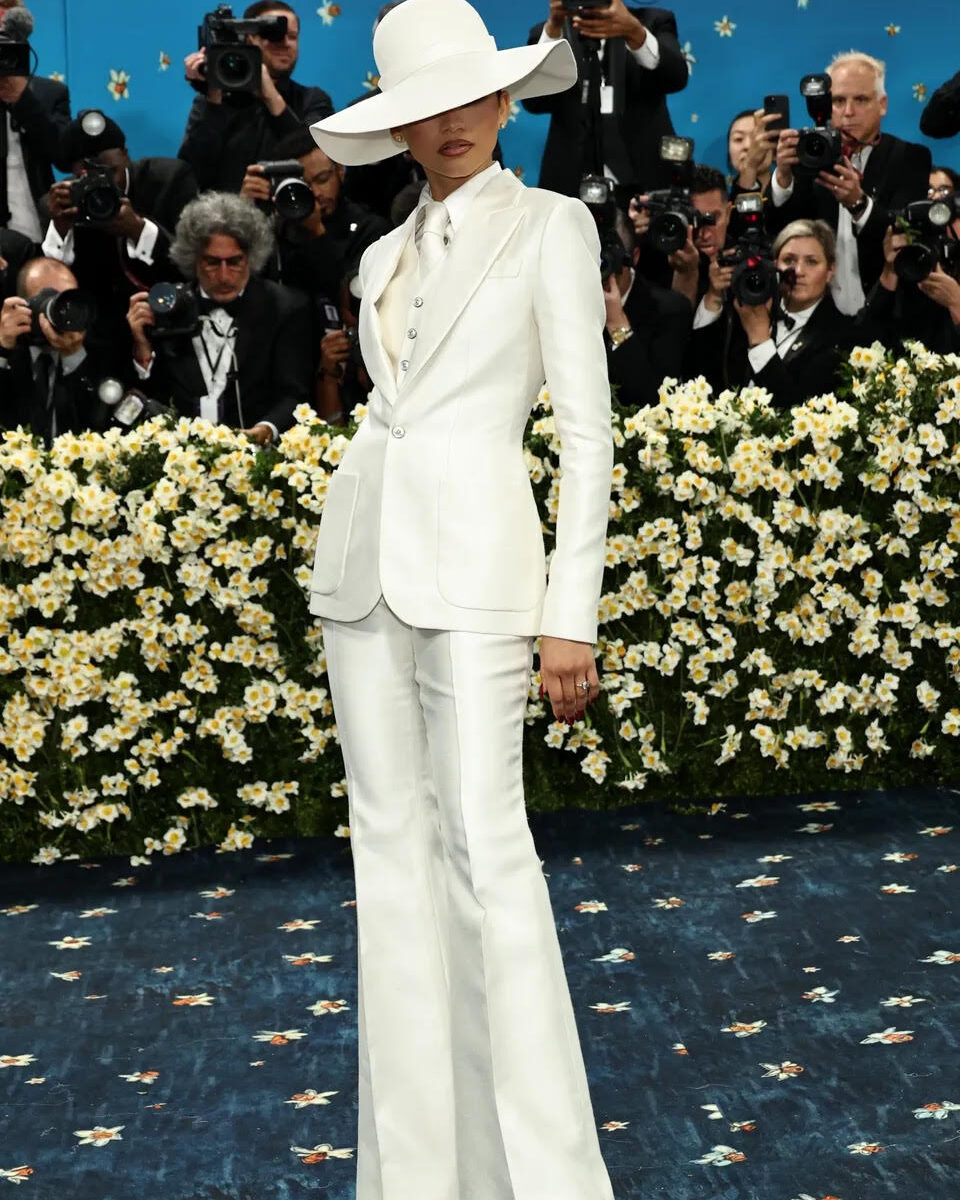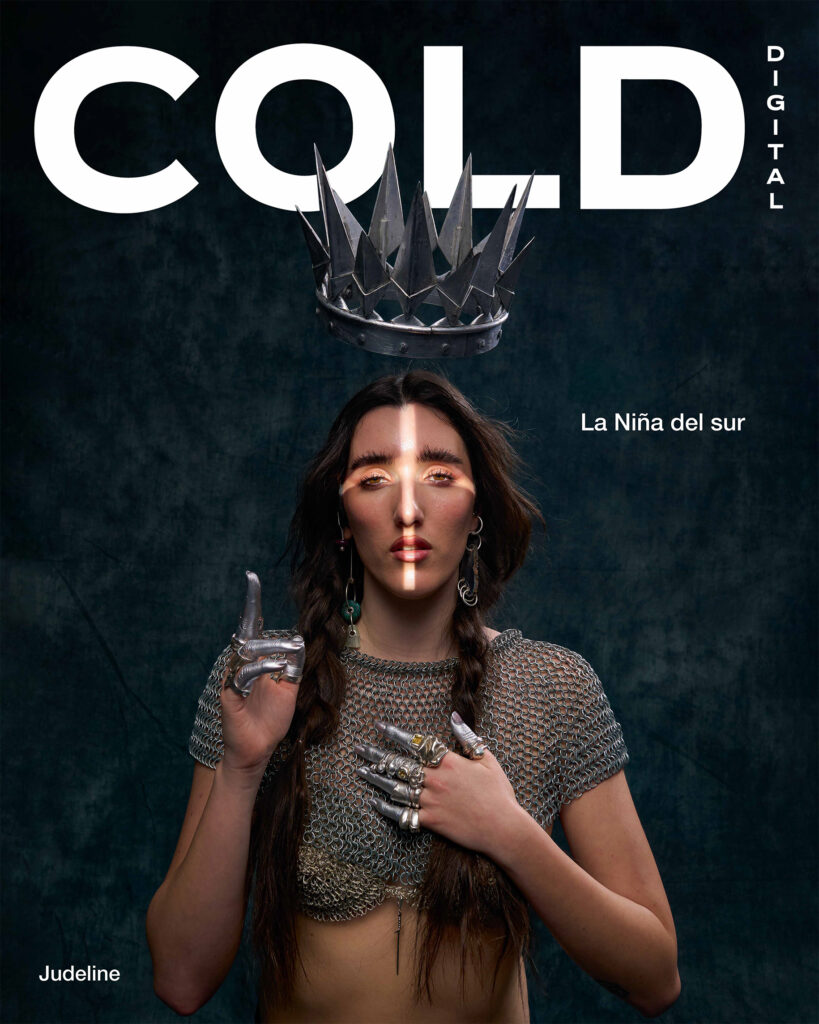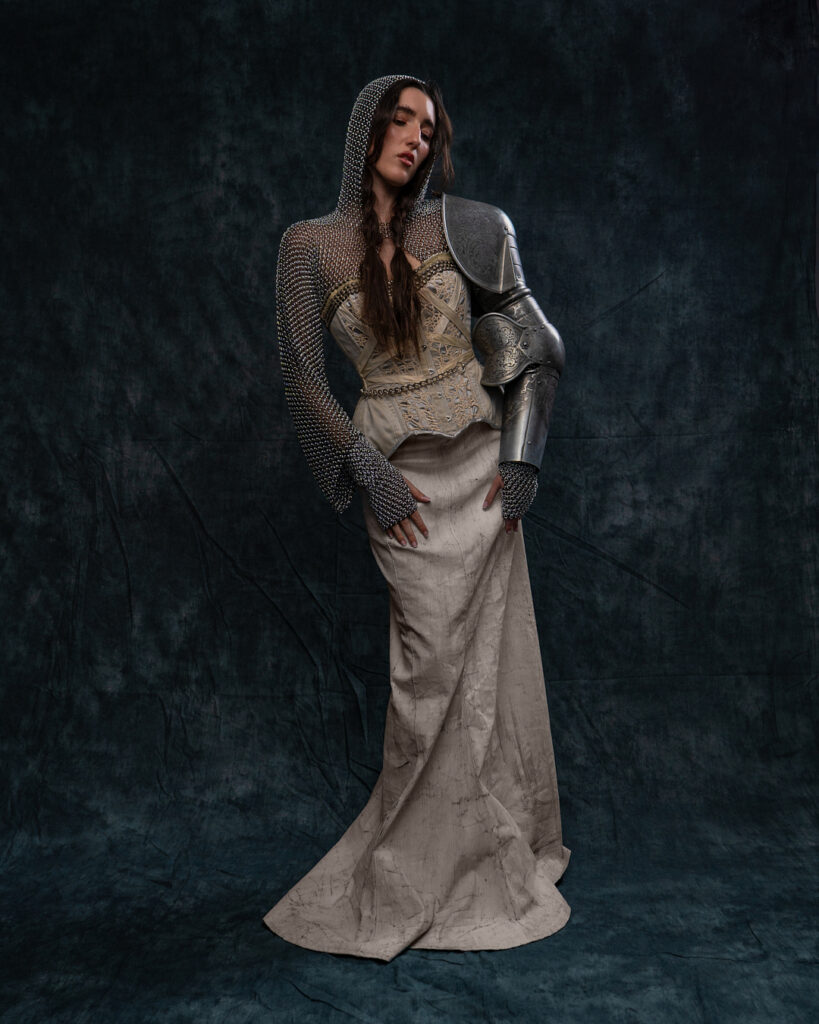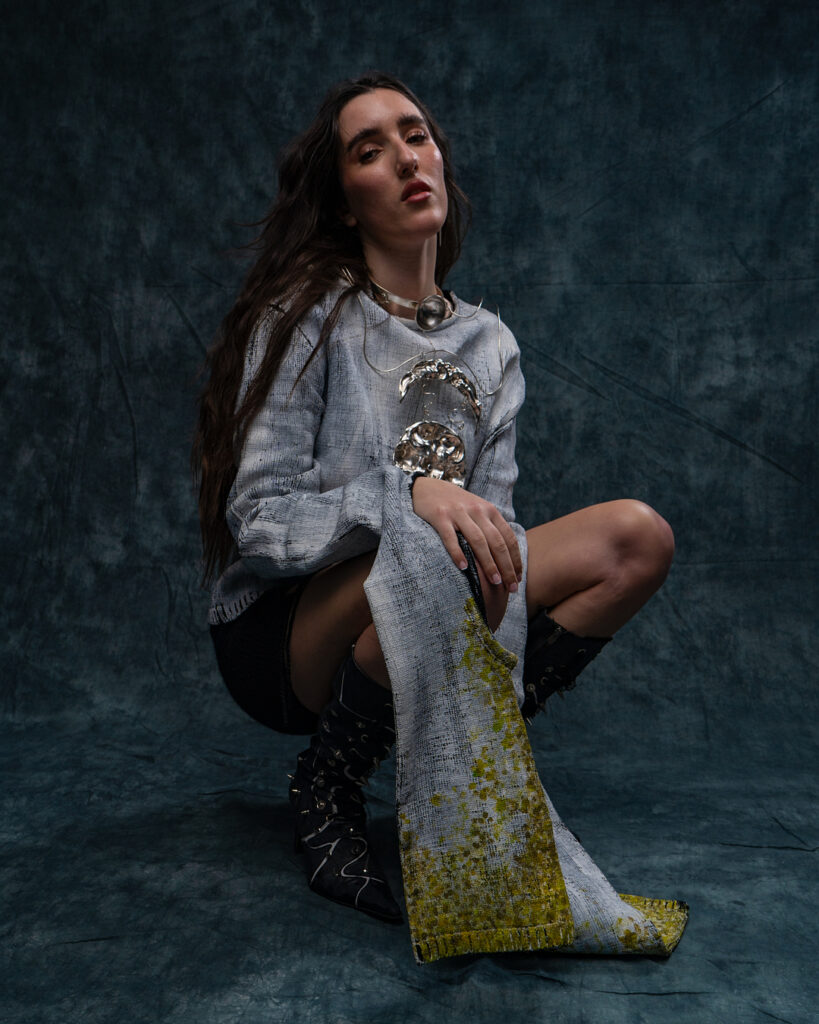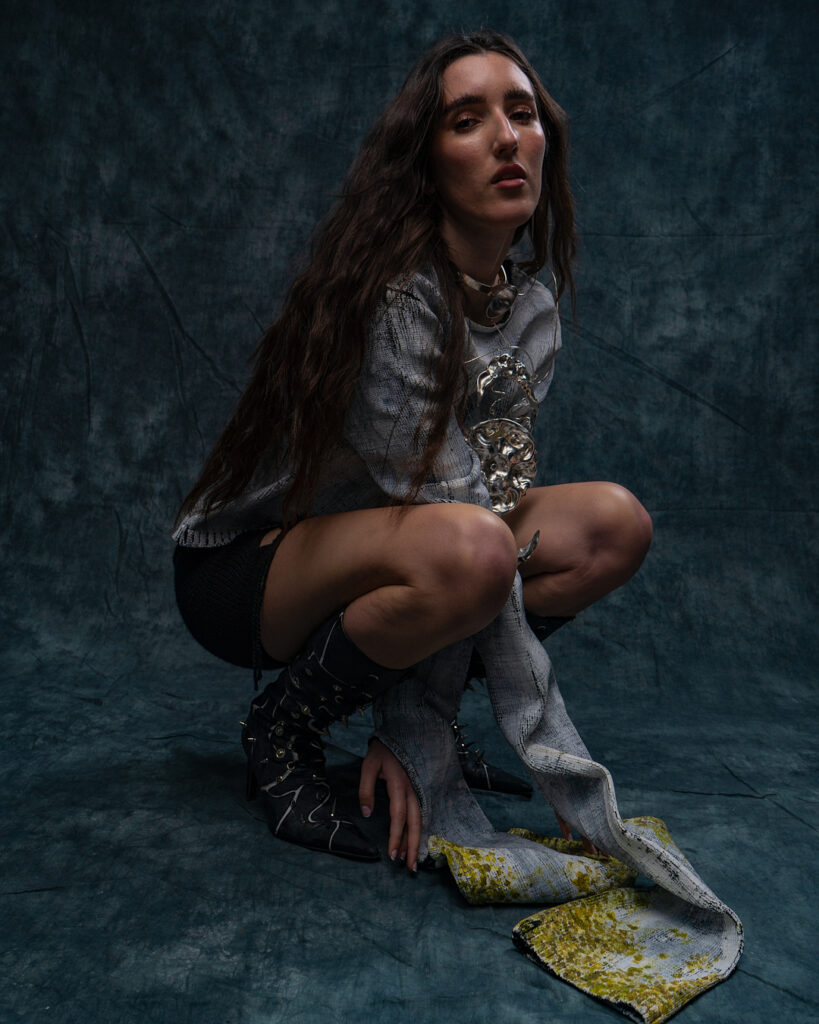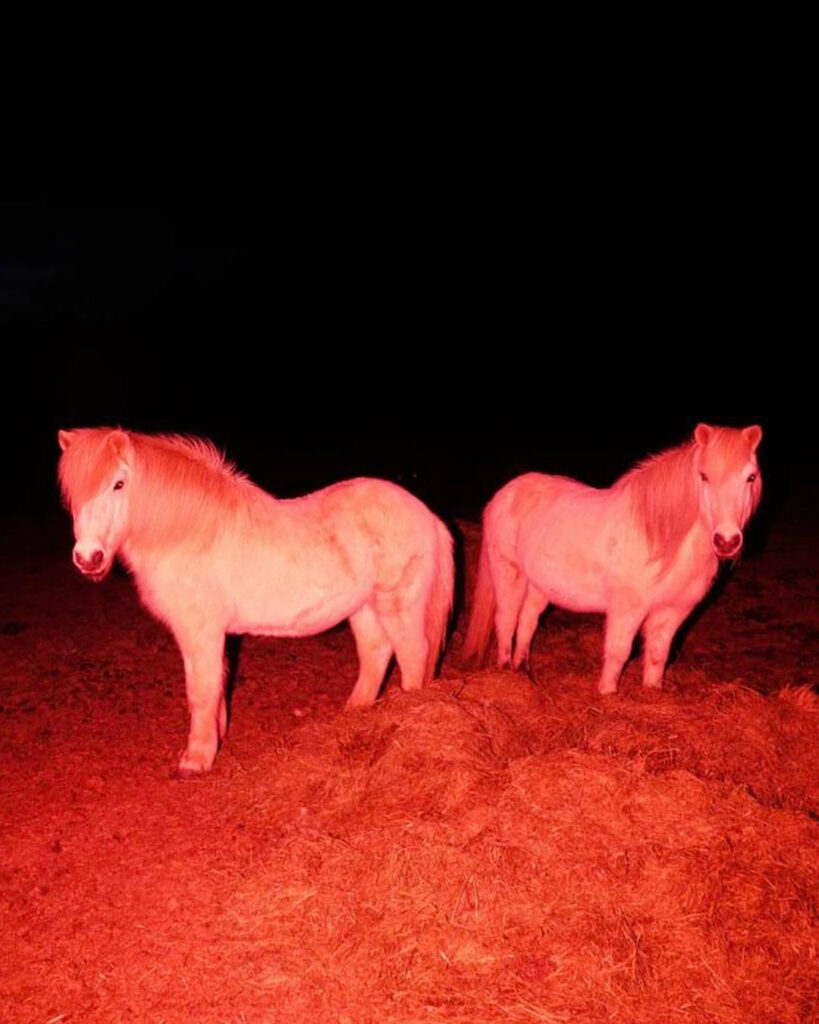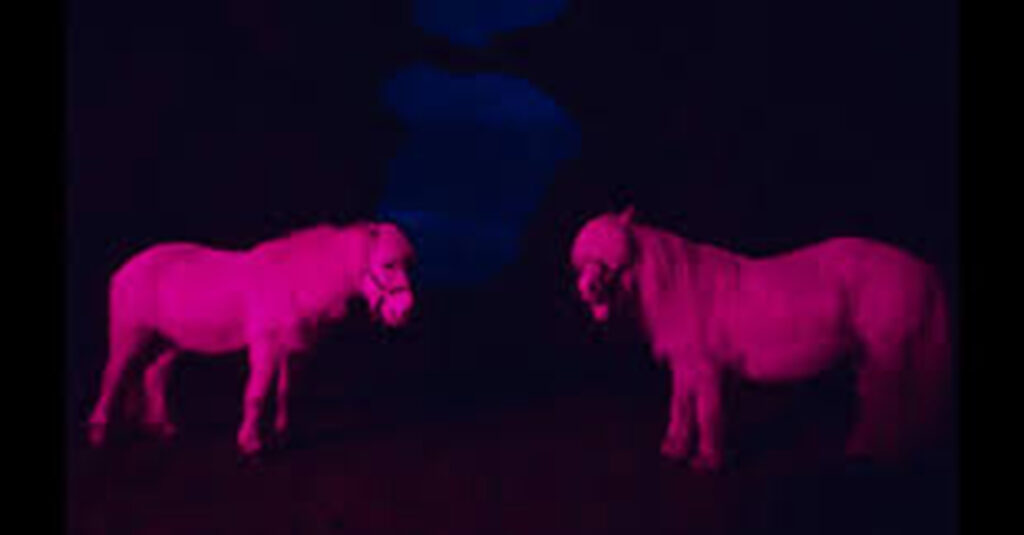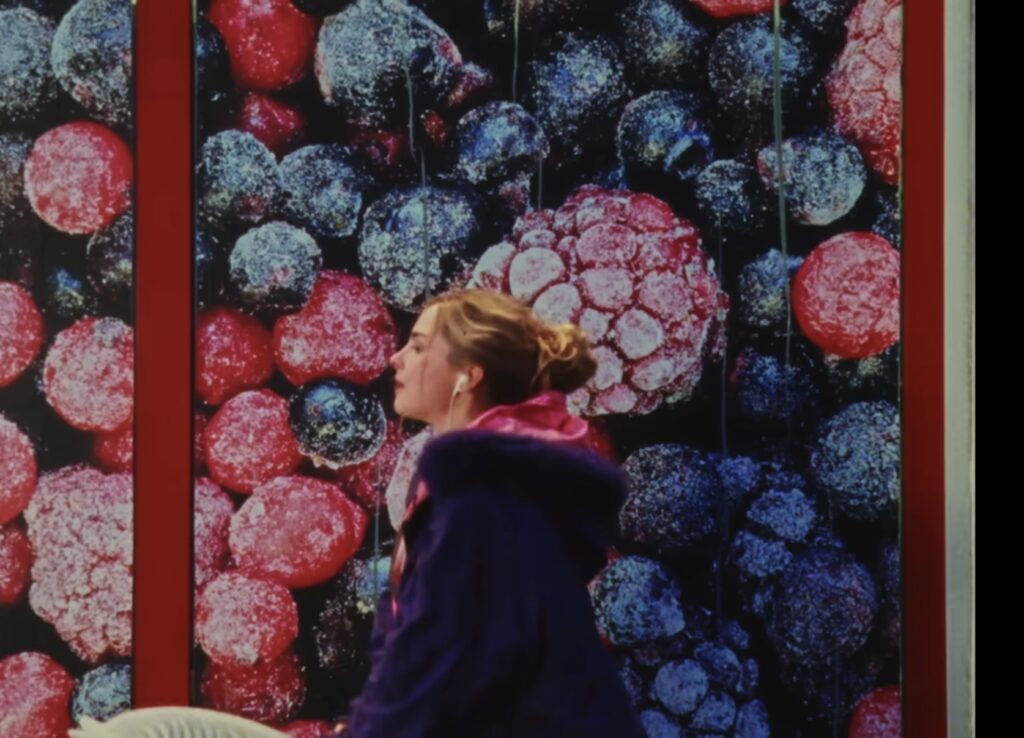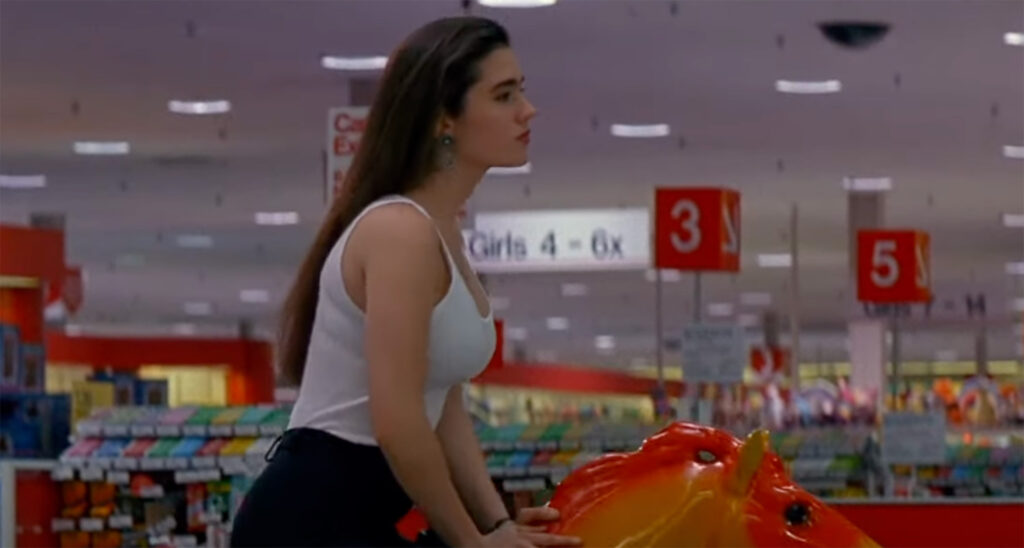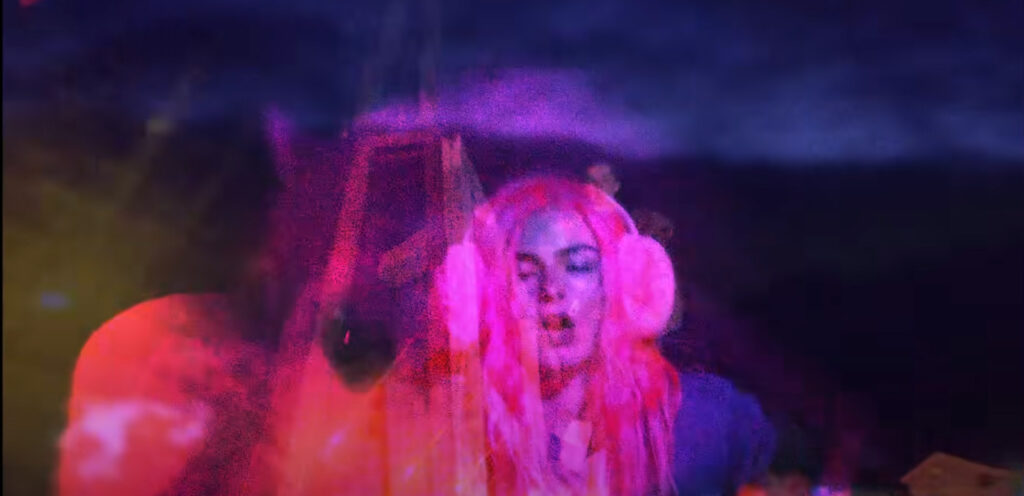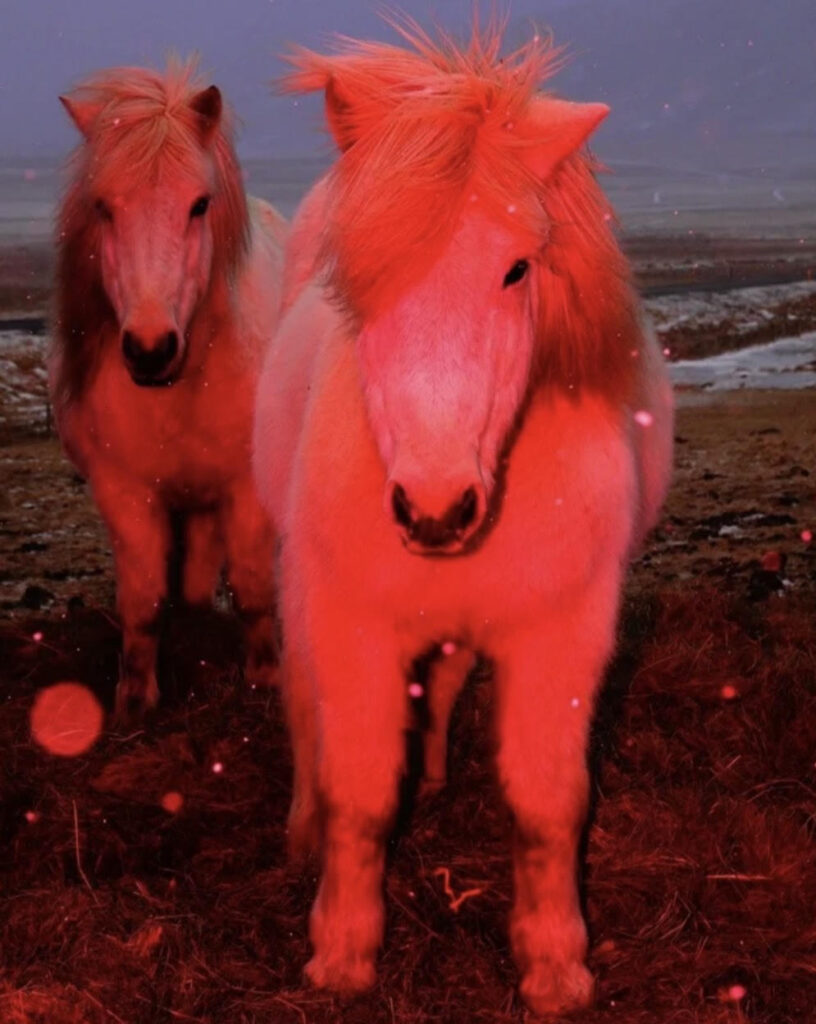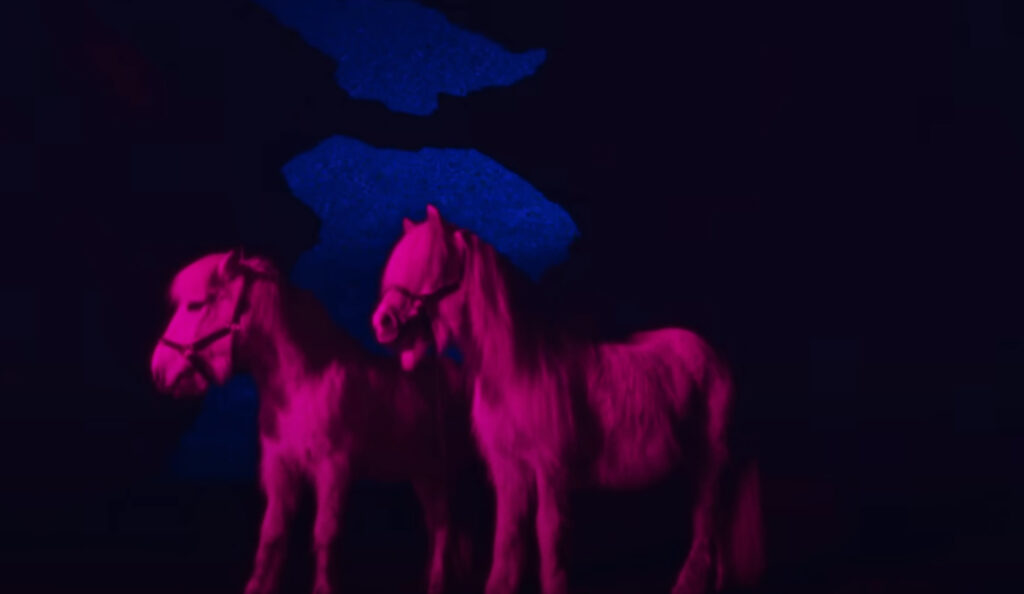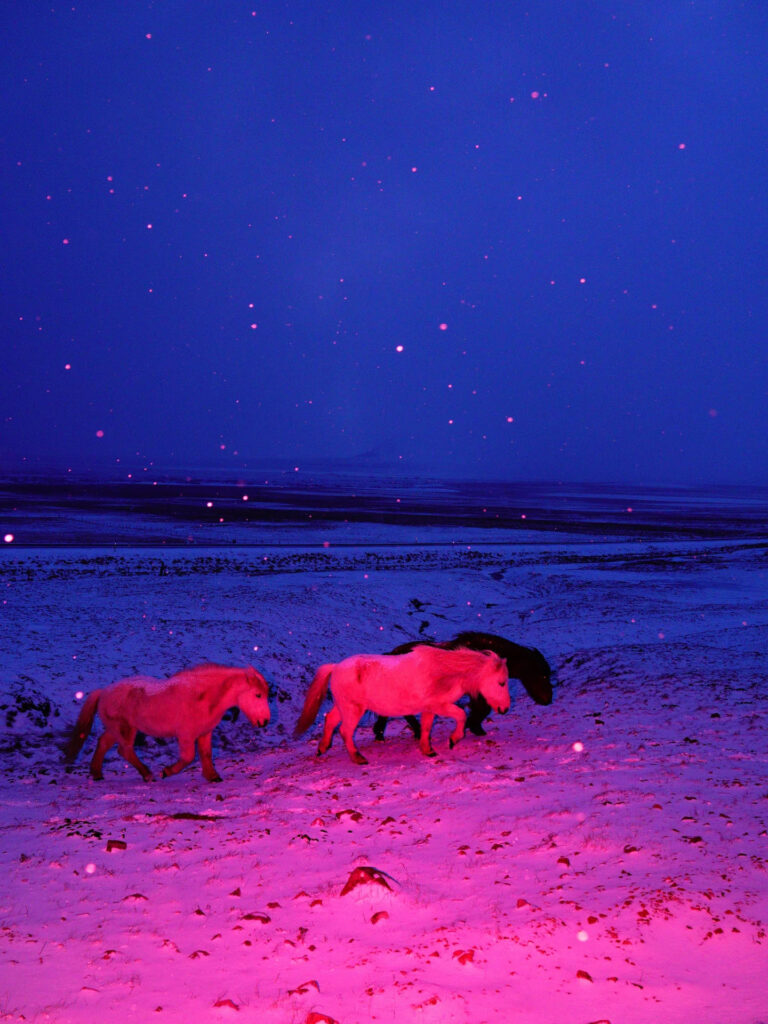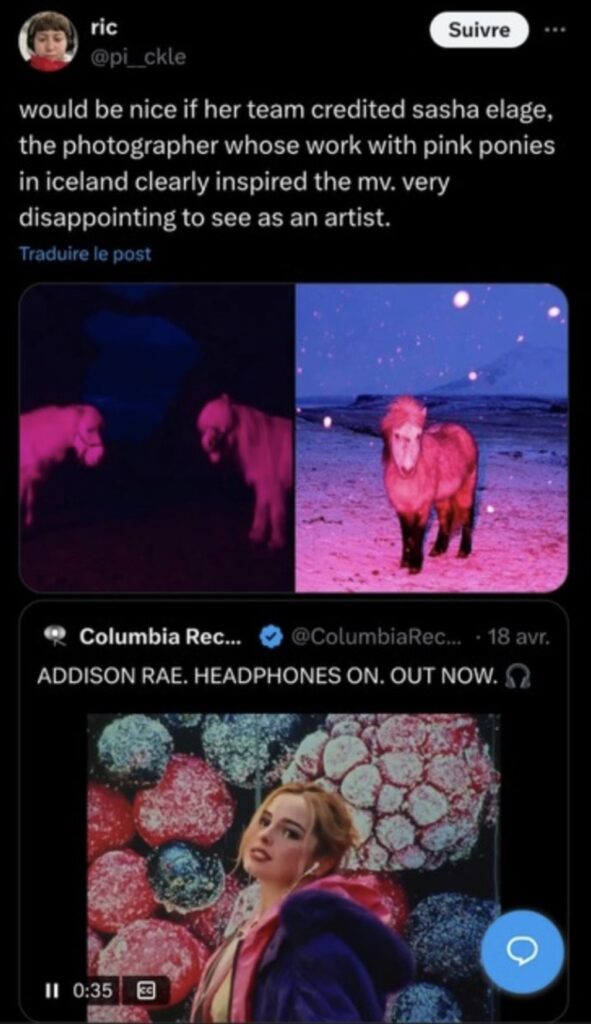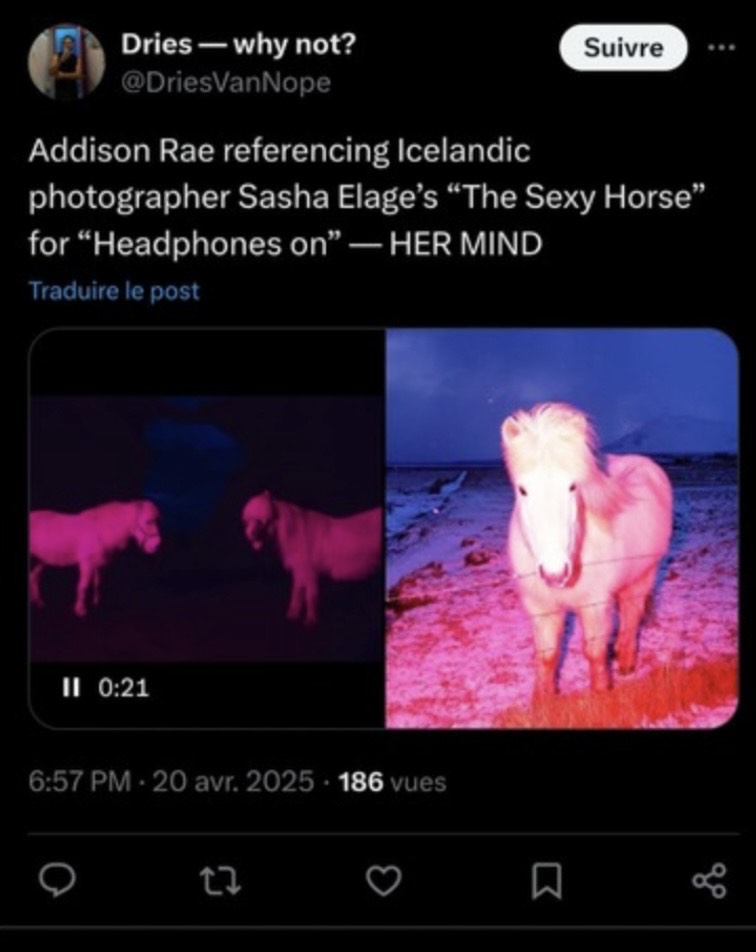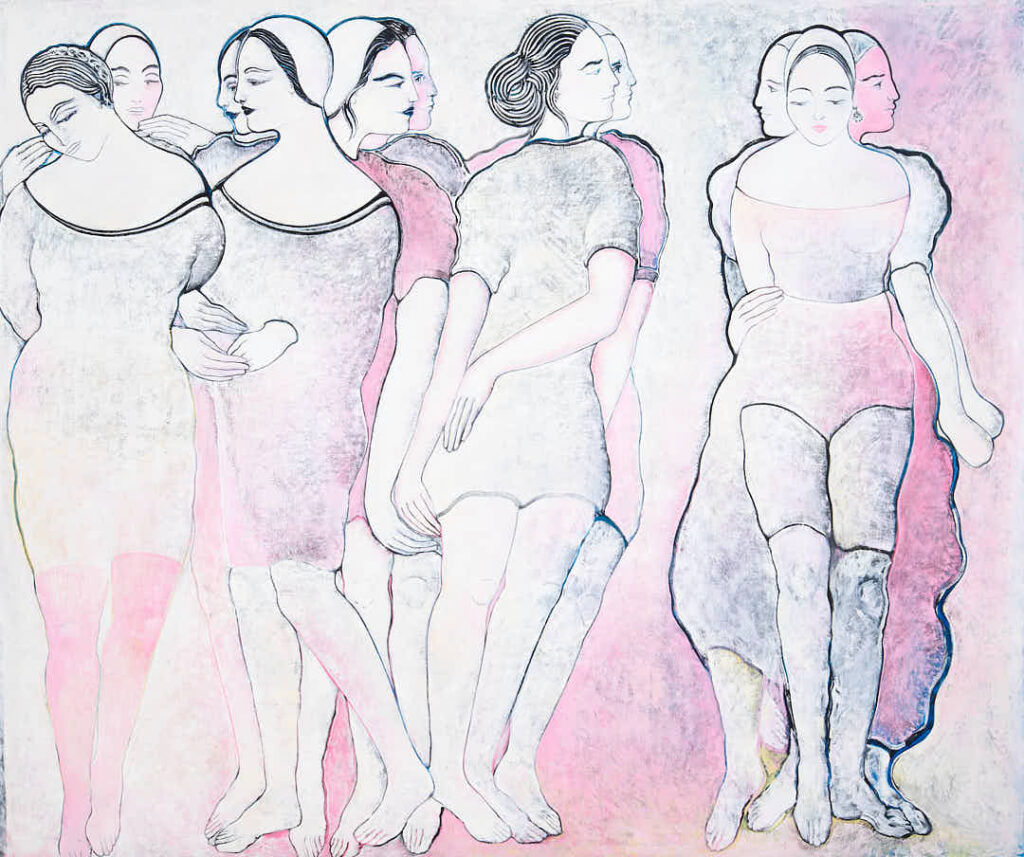
Sofia Cacciapaglia:
Art as an Epiphany of Nature
Written y Ritamorena Zotti
Edited by Jude Jones
Raised in Milan, where she graduated with honors in Painting at the Brera Academy of Fine Arts, she debuted in New York in 2007 with a solo exhibition at the Industria SuperStudio, curated by photographer Fabrizio Ferri. Since then, her work has found space in prestigious exhibition venues across Italy, the United Kingdom, Switzerland and China. In 2011, her participation in the Italian Pavilion at the 54th Venice Biennale established her as the youngest artist invited, consolidating a poetics that blends material fragility and chromatic power.
The core of her research is the skillful use of color, articulated in delicate but incisive shades, capable of evoking the fleeting nature through dreamlike compositions. Pastel shades alternate with sudden contrasts, generating a visual tension that invites the viewer to reflect on the duality between transience and resistance. This chromatic dialogue finds emblematic expression in Locus Amoenus (2019), an immersive installation that transforms recovered cardboard into a flower garden, enveloping every surface of the artist’s Milanese studio. With this work, Cacciapaglia conveys an ecological message, giving new life to waste material and celebrating the rebirth of nature.
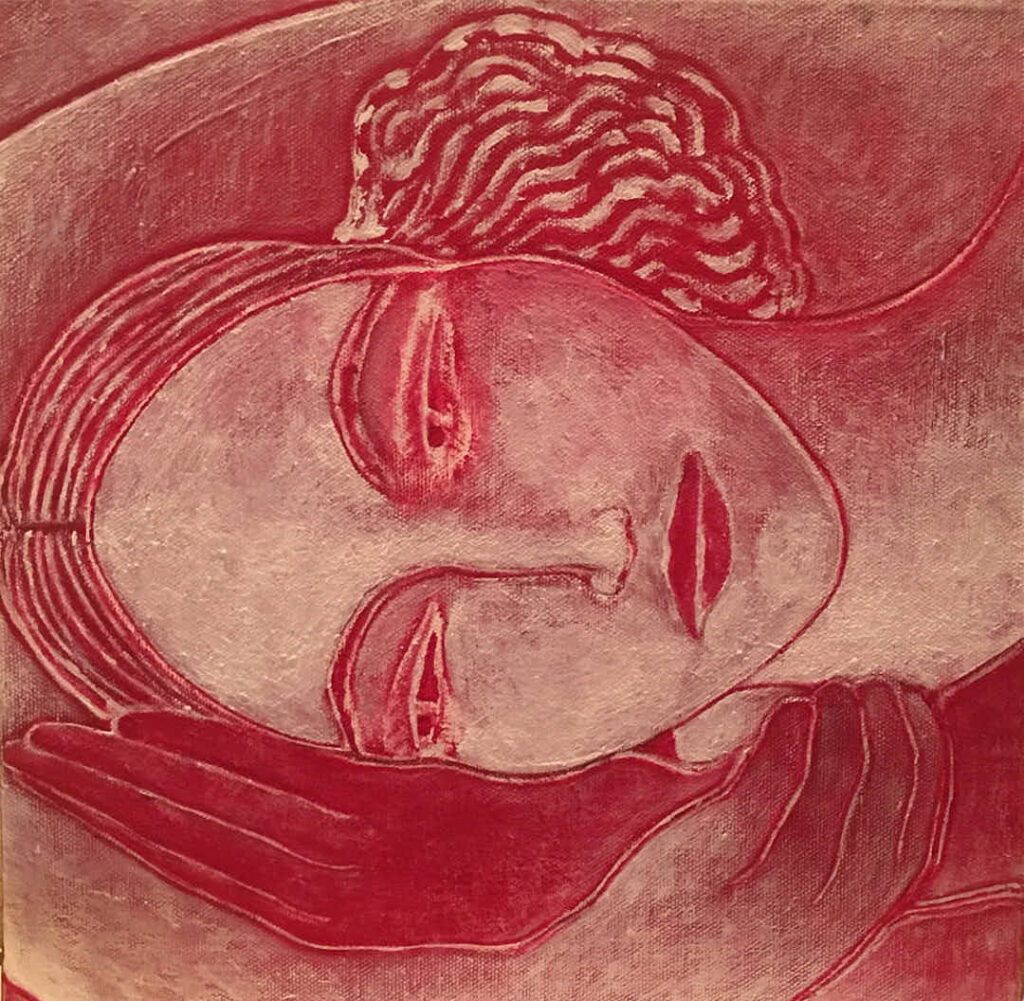
In addition to the environmental dimension, her work explores female identity. In the large oil paintings, monumental and ethereal female figures emerge from blurred backgrounds, inhabiting a suspended and metaphysical dimension. Their bodies connect through glances, contacts and silent dialogues, embodying a primordial femininity. The painted flowers, often out of scale, dominate the observer with a veiled and poetic presence, recalling the sweetness and grace of the bodies.
The material approach is not a simple technical expedient, but a vehicle of meaning. Alongside the canvas, the artist prefers humble materials such as cardboard and wrapping paper, whose neutral color and rough structure give the works an expressive vibration. Each fragment of matter preserves the traces of its own experience, transforming itself into a testimony of the human ability to syncopate the ephemeral into beauty. Inserting herself in a tradition that goes from Claude Monet’s Water Lilies to the research of Giuseppe Penone, Cacciapaglia reworks these influences with a contemporary gaze, capable of interpreting the crises of our time.
Through the synthesis of painting techniques and recycled materials, Sofia Cacciapaglia redefines the boundary between art, nature and tenderness, demonstrating how beauty can arise from the ephemeral and transform into a universal narrative. Her art is not limited to aesthetic representation, but invites the viewer to confront their deepest emotions, offering a space for silent and mysterious contemplation. In an era marked by uncertainty, her work is configured as an act of poetic resistance, capable of rediscovering the sense of wonder in the ordinary.

